 Your new post is loading...
 Your new post is loading...
"Camera technology goes far beyond taking beautiful images. One such example is FingerReader, a finger-mounted device developed by researchers at MIT’s Media Lab that enables the blind to read without the need for Braille..."
Via Kathleen Cercone, Lynnette Van Dyke

|
Scooped by
Terheck
|
"The NASA spacecraft Dawn has spent more than seven years travelling across the Solar System to intercept the asteroid Vesta and the dwarf planet Ceres. Now in orbit around Ceres, the probe has returned the first images and data from these distant objects. But inside Dawn itself is another first – the spacecraft is the first exploratory space mission to use an electrically-powered ion engine rather than conventional rockets. The ion engine will propel the next generation of spacecraft. Electric power is used to create charged particles of the fuel, usually the gas xenon, and accelerate them to extremely high velocities..."

|
Scooped by
Terheck
|
Magnetic nanoparticles can increase the performance of solar cells made from polymers - provided the mix is right. This is the result of an X-ray study at DESY's synchrotron radiation source PETRA III.
Peur des clones ? Alors que la Fondation laissait entendre après la sortie du Modèle B+ que rien ne bougerait côté matériel avant 2017, voici que sort ce matin le Raspberry Pi 2.
Via Aurélien BADET

|
Scooped by
Terheck
|
"It is easy to measure electric current. But it is extremely hard to watch the individual electrons which make up this current. Electrons race through the metal with a speed of several million meters per second, and the distance they have to cover between two adjacent atoms is very small. This means that tiny time intervals have to be resolved in order to watch the electrons dashing through the metal. Measurements in Garching (Germany) and theoretical calculations at the Vienna University of Technology (Austria) have now made this possible. As it turns out, the motion of the electrons in the metal is remarkably similar to ballistic motion in free space. The results have now been published in the journal Nature..."

|
Scooped by
Terheck
|
Honda has taken full opportunity of the timing of the 2015 North American International Auto Show in Detroit this month to announce up and coming launches.

|
Scooped by
Terheck
|
How far is the Sun? It seems as if one could hardly ask a more straightforward question. Yet this very inquiry bedeviled astronomers for more than two thousand years.

|
Scooped by
Terheck
|
(Phys.org)—A new study predicts that large-scale power plants based on thermoelectric effects, such as small temperature differences in ocean water, could generate electricity at a lower cost than photovoltaic power plants.

|
Scooped by
Terheck
|
(Phys.org) —A large team of researchers with members from around the globe has announced that a class of compounds they've been studying (pyrazoleamides) appears to be successful in fighting malaria.

|
Scooped by
Terheck
|
The Raspberry Pi is a surprisingly capable little computer. In the past, we've show you how to make a Raspberry Pi home theatre with Rasbmc. Since we published that guide, an easier to use and better performing operating system has been released. Today I'm going to show you how with RasPlex; it's the easiest way…

|
Scooped by
Terheck
|
Le constructeur nippon Toyota, pionnier des véhicules hybrides, a franchi mardi une nouvelle étape en présentant une berline fonctionnant à l'hydrogène, premier modèle de ce type commercialisé à grande échelle dans le monde, même si ses objectifs restent modestes.

|
Scooped by
Terheck
|
Des chercheurs de General Motors dirigés par Xingcheng Xiao déclarent avoir surmonté les obstacles menant à la conception d'une batterie lithium-soufre (Li-S), un modèle de batterie rechargeable qui a le potentiel de laisser la technologie...

|
Scooped by
Terheck
|
Samsung has revealed new technology making Wi-Fi speeds five-times faster for devices than the current norm
|

|
Rescooped by
Terheck
from Dr. Goulu
|
Totality! The 2012 total solar eclipse as seen from Australia. Credit and copyright: www.hughca.com.
The first of two eclipse seasons for the year is upon us this month, and kicks off with the only total solar eclipse for 2015 on Friday, March 20th.
Via Goulu

|
Scooped by
Terheck
|
"Hitachi America, Ltd., a wholly owned subsidiary of Hitachi, Ltd. and Demansys Energy, Inc. ("Demansys"), a smart grid technology company with offices in Connecticut and Troy, New York, announced today that they have completed construction and commissioning of a 1 MW Lithium Ion energy storage facility utilizing Hitachi's "CrystEna" compact container-type energy storage system and have started a demonstration project in Somerdale, New Jersey."
Read more at: http://phys.org/news/2015-02-crystena-energy-storage.html#jCp

|
Scooped by
Terheck
|
"Grab your screwdrivers, makers! There’s a new, more powerful Raspberry Pi in town… The just announced Pi 2, which goes on sale today, adds a quad-core chip and double the memory to support more intensive processing tasks. The Pi Foundation also reckons this sequel takes the Pi microprocessor “firmly into the PC space”, as they put it — in terms of power punch packed. “With the Pi 1, there were people using it as a PC but you had to make allowances for the fact it was a $35 PC,” says Pi creator, Eben Upton, in an interview with TechCrunch. “The big difference with the Pi 2 is it’s a PC. It’s not a PC which is pretty good considering it cost you $35. It’s a PC that’s pretty good..."

|
Scooped by
Terheck
|
Stacking perovskites onto a conventional silicon solar cell dramatically improves the overall efficiency of the cell, according to a new study led by Stanford University scientists.

|
Scooped by
Terheck
|
"Today, we're surrounded by a variety of electronic devices that are moving increasingly closer to us - we can attach and wear them, or even implant electronics inside our bodies. Many types of smart devices are readily available and convenient to use. The goal now is to make wearable electronics that are flexible, sustainable and powered by ambient renewable energy. This last goal inspired a group of Korea Advanced Institute of Science and Technology (KAIST) researchers to explore how the attractive physical features of zinc oxide (ZnO) materials could be more effectively used to tap into abundant mechanical energy sources to power micro devices. They discovered that inserting aluminum nitride insulating layers into ZnO-based energy harvesting devices led to a significant improvement of the devices' performance. The researchers report their findings in the journal Applied Physics Letters..."

|
Scooped by
Terheck
|
The Consumer Electronics Show (CES) has arrived again, the world's largest consumer electronics and technology exhibition in Las Vegas, where manufacturers will show off the new technologies available in 2015 (...) Korean electronics and display manufacturer LG has set the ball rolling by announcing its 4K ultra high-definition television displays (UHDTVs) that use quantum dot technology, an improved method for producing colour displays. What exactly is a quantum dot?
Read more at: http://phys.org/news/2015-01-future-bright-quantum-dot-televisions.html#jCp

|
Scooped by
Terheck
|
The Internet of Things is nothing without batteries and plugs. But it's possible to build a sensor network that uses harvested energy that comes from changes in temperature, vibrations, wind and light, as Texas Instruments will demonstrate at the Consumer Electronics Show in January.

|
Scooped by
Terheck
|
It’s easy to take digital technology for granted these days. To students who were practically born with an iPad in their hands, it’s hard to imagine a time when a world of history and knowledge wasn’t just a few swipes away.

|
Scooped by
Terheck
|
Après plusieurs décennies d'études, les chercheurs se demandent encore de quoi sont fait les rayons cosmiques ultra-énergétiques, en provenance des confins de la Galaxie.

|
Scooped by
Terheck
|
"À l’occasion de la remise d’un rapport préconisant l’adoption de règles éthiques encadrant la recherche et la production robotiques, Raja Chatila, directeur de l’Institut des systèmes intelligents et de robotique, précise la nature et l’intérêt de telles règles..."

|
Scooped by
Terheck
|
Le géant canadien de l'énergie Hydro-Québec va développer dans son futur laboratoire de recherche de Lacq (Pyrénées-Atlantiques), une technologie révolutionnaire permettant de produire d'ici à 2020 la batterie du futur.
Everybody loves LEDs, as they're far more efficient and longer-lasting than traditional incandescent bulbs. They're also more economical to use in the long run, although they're costlier on a per-bulb basis. That price gap could soon be closing, however, as scientists have discovered a cheaper alternative to one of their most expensive ingredients.
White light-emitting LEDs use metals known as rare earth elements (REEs) for their phosphors – these are the materials that convert the light emitted from LED chips into longer wavelengths, allowing the bulbs to put out full-spectrum visible light.
The mining and processing of REEs is hazardous, however, leaving China as just about the only country currently supplying them in substantial quantities. This drives up their price, which could climb even higher as demand for LED-based technologies increases.
Led by Prof. Jing Li, a team of scientists from New Jersey's Rutgers University has now discovered that a family of materials made from relatively cheap and abundant copper iodide can be substituted for REEs.
Via Chuck Sherwood, Former Senior Associate, TeleDimensions, Inc
|



 Your new post is loading...
Your new post is loading...



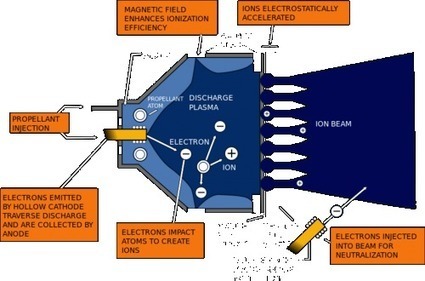

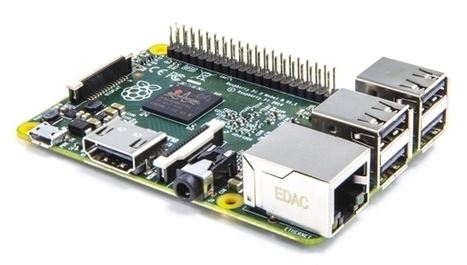



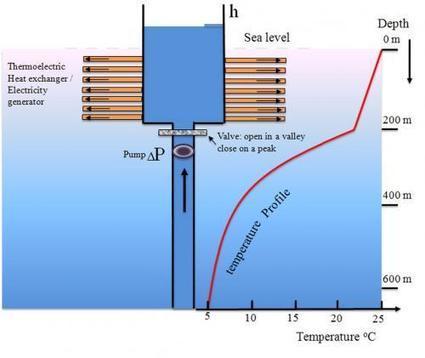







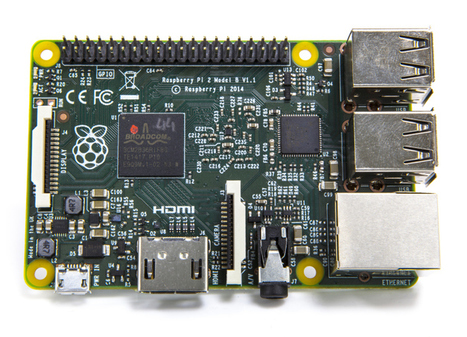



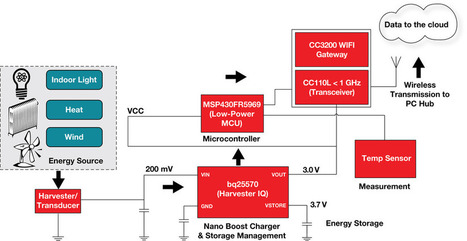

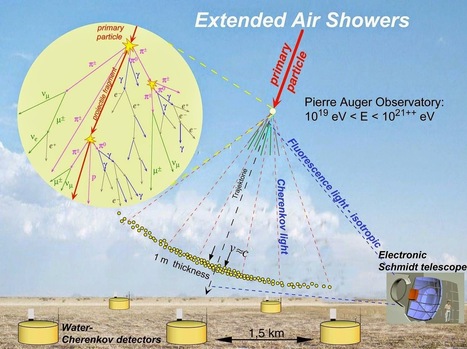

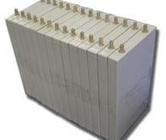
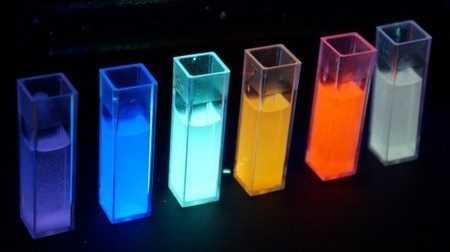





This tool is fantastic! It's beta now, but what a difference this tool and software will make.
Very Cool!